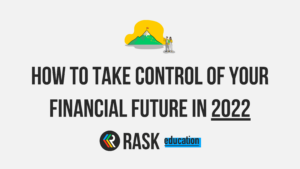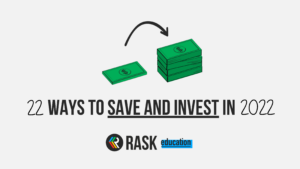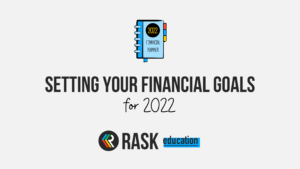This article explains the difference between trading and investing, working out the right investor profile for you and advice on paper trading.
Imagine for a moment they changed the name of the ‘share market’ to the ‘business market’. At the end of the day, a share represents part ownership of a business. And a market is just a place to exchange ownership.
According to various ASX studies, many investors in the local market don’t understand how the share market works. If more investors think of it as ‘the business market’, chances are, they would understand it better.
Fact: In the past, investors would physically meet to swap their paper share certificates. Now it’s all done online.
What does an investor look like?
In the share market, an “investor” is someone who focuses on the business first. When analysing the business, investors consider things like:
- Revenue or sales
- Profit
- Cash in the bank
- Dividends
Most professional investors, often called fund managers, use the financial ‘metrics’ to make an informed decision about the valuation and growth of the company — and its shares.
An investor is long-term focused, typically aiming to buy and hold shares in the company for 3 to 5 years.
Why 3+ years?
If you, the investor, hold onto your shares for long enough, the returns you receive from owning those shares will eventually reflect the performance of the business. This can take many years to show up in share price performance of a business.
Meaning, even if the share price of your favourite company falls 5% today, that does not mean the company itself has performed poorly today. It can take many years for the growth of a company to be reflected in a rising share price.
For example, since the late 1990s, shares of Microsoft Corp have experienced many bad days (when the share price fell). Yet, decades later, Microsoft shares are much higher as a result of being a more profitable business.
Rask tip: If you’re an investor, focus on the business first. The share price comes later.
What does a trader look like?
Typically, a share “trader” is short-term focused. For example, a “day trader” will often buy or sell the same share on the same day (hence the term “day” trader).
Share traders focus on the price (i.e. share price) and volume (i.e. number of shares traded) to make their trades. They may also use something called “charting”.
A trader will often look for things called “resistance”, “peaks”, “reversals”, “troughs” or “channels” to determine their ideal entry or exit prices. They will use tools like candlestick charts, bar charts and other charting tools to help them make decisions.
Rask tip: If you decide to ‘trade’ shares often, remember you need to pay taxes on gains/income, and keep an eye on your costs.
Are you a trader or an investor?
There is no ‘right answer‘ when it comes to choosing whether to be an investor or trader.
Investing typically requires less time, effort and has lower fees and costs than trading. However, many people believe their trading strategy is a viable way to make money from the sharemarket and therefore, they will happily commit many hours each day or week pursuing them.
Long-term investing is what most professionals and experienced share market participants use to grow wealthy from the market over time.
Paper trading activity
However, don’t take our word for it. An easy way to determine if long-term investing or short-term trading is right for you is to do something called paper trading.
Allocate yourself 10,000 “fake dollars“, do some research and ‘invest’ your fake dollars into 10 of your favourite shares. Write down how much you invest in each share. Track your performance and calculate your returns after a few weeks or months.
- How did you go?
- Did you beat an index fund ETF (e.g. one that follows the ASX 200)?
- Were you getting overly emotional about single-day movements?
- Did you run out of time picking your investments?
- Did you lose track of your investments?
Don’t be concerned if your shares went backwards over a short period (that’s just part of learning). Ideally, investment returns are measured over years, not weeks or months.
However, if you found yourself running out of time or enthusiasm, or worrying about sharp one-day falls, taking a more ‘hands-off’ or long-term approach to the share market might help.
Warning: never pay to receive investment advice or sign up to a trading/investment ‘program’ unless the company responsible for the service has an Australian Financial Services Licence (AFSL), which is a requirement to offer investment advice in Australia.
Rask tip: You can verify the experts behind an investment service have an AFSL by visiting the asic.gov.au website and searching for the advice provider.
To learn more, take our free courses on shares and investment valuation.



